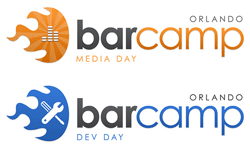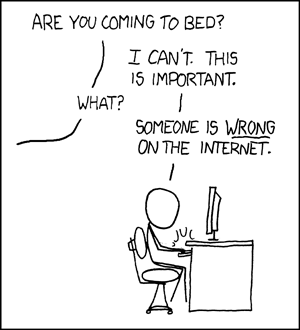Kathy Sierra talked about creating passionate users earlier today, but Gary Vaynerchuk talked about creating passionate OWNERS.
Vaynerchuk, host of the popular Wine Library TV online video show, worked his way into the hearts of the crowd here at the Future of Web Apps conference by sharing his passion for his community (and boozing us up with a little wine passed out to the crowd).
You should pay close attention to what he has to say if you operate a news site. Vaynerchuk is not a computer expert (“I built a 15 million-dollar liquor store on Control C and Control V”); he’s a wine expert. And he’s passionate, passionate, passionate about his community:
“I fly all over the country just to drink wine with people.”
“You’ve got to have the DNA of your community.”
“There needs to be a face to your company. You have to take care of those people until your bleeding out of your f***ing g****mn face.”
“You need to love your community more than you love yourself.”
“You’ve got to have someone in the trenches. Someone people can touch.”
I’m going to take a stab in the dark and say that perhaps doesn’t sound like your ombudsman — if your news operation even has one any more, that is. Some news sites have hired “community managers,” usually to manage message boards and community-contibuted content. But is that person a visible presence on the site? Have people seen his face? Does the person have public conversations with readers? Does that person really love where he works?
And most important of all, are you making an effort to brand that person as being a community resource, or is he just another mysterious byline? Do people know this person exists? Vaynerchuk said it best:
“You always hear ‘content is king’. The fact of the matter is marketing and branding is the queen, and we know who runs the household.”
If people can’t name your community manager, if they can’t relate to that person or get an e-mail returned quickly –then really, what’s the point?
It’s become increasingly clear that tomorrow’s web is going to be shaped by openness — OpenID, open standards, open business practices, etc. Consequently, your news site is going to need someone reliable to whom people can go for answers.




 For all you aspiring journo-programmers, Microsoft has a treat for you: free software! Woot!
For all you aspiring journo-programmers, Microsoft has a treat for you: free software! Woot!